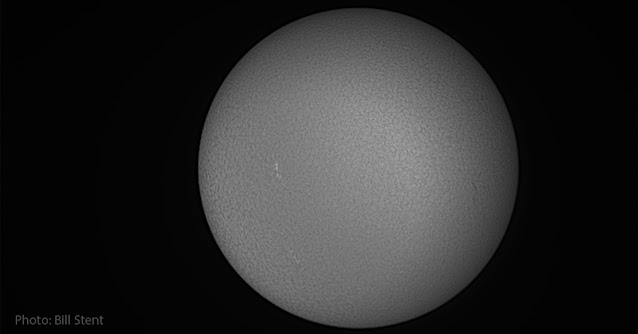Learning planetary photography - epilogue

Well, my planet season is over. I've been teaching myself suburban planetary photography while I'm not able to get to the dark sky site. Planetary photography, I've found, is vastly different to deep-sky photography. Planets are tiny, bright targets, whereas nebulas are large and dark. My telescope doesn't have the magnification for it - the planet would be a dot. But it's not just that. The techniques are different too. To get a nebula, you need a very long exposure to pick up those dark details. Getting your equatorial mount to track the sky is paramount, and your polar alignment has to be nigh-on perfect. In contrast, planets are bright, and your exposures are measured in milliseconds, not minutes. At this speed, tracking means next to nothing. You can do it with an alt-azimuth mount, or even a Dobsonian. But it isn't easy. There are hidden lessons. Finding that I had to balance my focal ratio to the pixel sizes on my camera wa...






